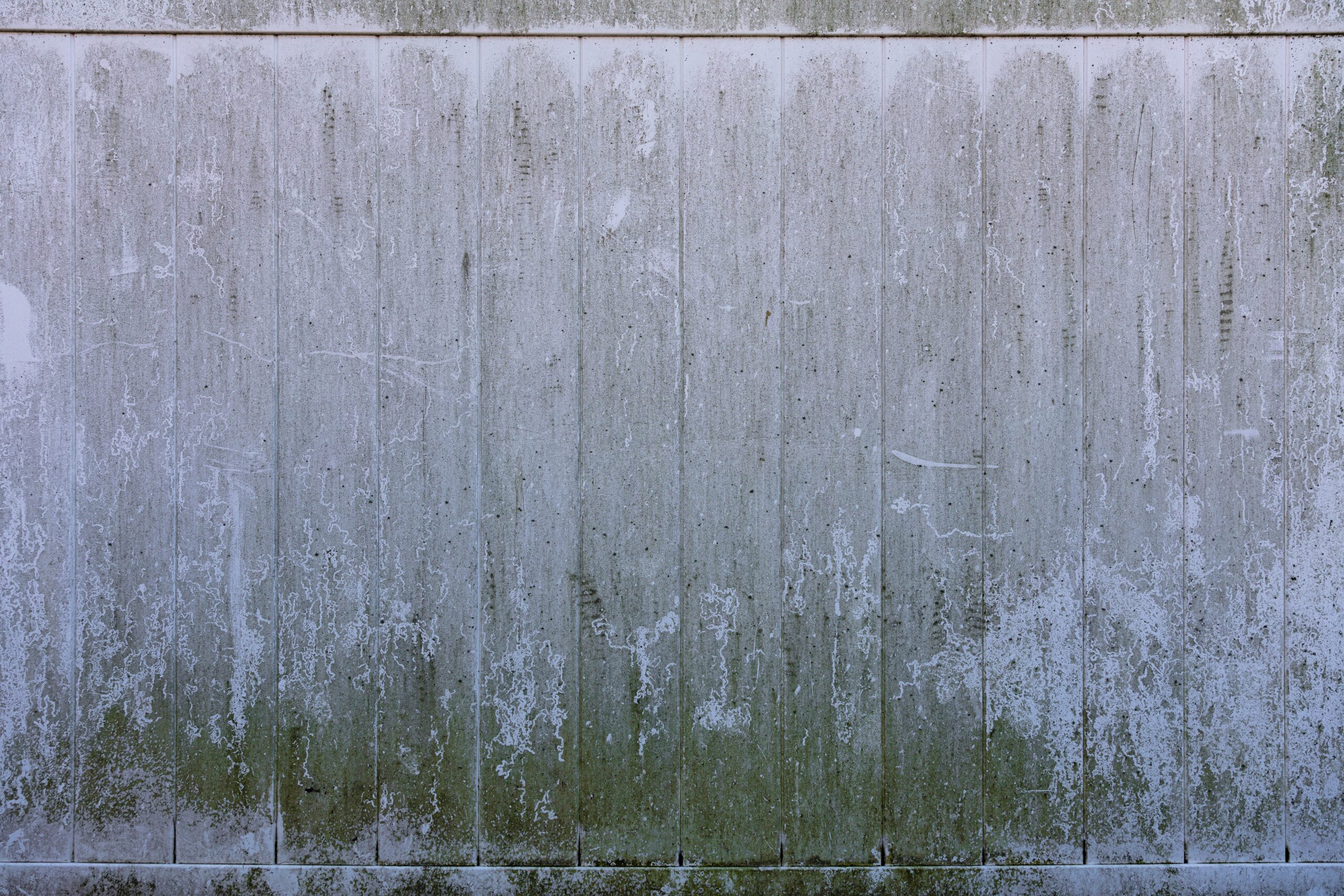Mold is a common household problem that can have detrimental effects on your health and the structural integrity of your home. It thrives in damp and humid environments, often growing unnoticed behind walls, under carpets, or in basements. Regularly checking your home for mold is crucial to ensure early detection and swift remediation. In this article, we will explore the importance of mold inspection and the steps you can take to keep your home mold-free.
Health Risks of Mold:
Exposure to mold can lead to a range of health issues, including allergic reactions, respiratory problems, sinus congestion, coughing, and skin irritations. Those with existing respiratory conditions or weakened immune systems may be more susceptible to the harmful effects of mold. Regular checks can help identify mold growth and prevent potential health risks.
Early Detection Prevents Further Damage:
Unchecked mold can cause significant damage to your home’s structure and materials. It can weaken walls, floors, and ceilings, leading to costly repairs. By conducting regular inspections, you can identify mold growth at its early stages, mitigating the risk of extensive damage and reducing repair expenses.
Common Areas Prone to Mold:
Certain areas of your home are more susceptible to mold growth. Pay particular attention to bathrooms, kitchens, basements, and areas near leaky pipes, windows, or roofs. These spaces tend to have higher humidity levels and provide favorable conditions for mold to thrive.
Visible Signs and Musty Odors:
Visual signs of mold include black or green patches on walls, ceilings, or other surfaces. Musty or earthy odors in certain areas of your home may also indicate the presence of hidden mold. If you notice any of these signs, it’s essential to investigate further.
DIY Inspections:
Perform a thorough visual inspection of your home regularly. Look for signs of mold growth, including discoloration, water stains, peeling paint, or bulging walls. Pay attention to areas with water damage, such as around sinks, windows, or areas prone to leaks. If you suspect mold, use a flashlight to check hidden spaces and corners.
Professional Mold Inspection:
Consider hiring a professional mold inspector for a comprehensive assessment of your home. They have the expertise and tools to identify hidden mold, assess the extent of the problem, and provide recommendations for remediation. Professional inspections are particularly important if you suspect significant mold growth or have a history of water damage.
Moisture Control and Prevention:
To prevent mold growth, control moisture levels in your home. Address any water leaks promptly, ensure proper ventilation in bathrooms and kitchens, and use dehumidifiers in damp areas. Regularly clean and dry areas prone to moisture, such as shower curtains, window sills, and air conditioning units.
Prompt Remediation:
If mold is detected during your inspection, take immediate action to address the issue. Mold remediation should be performed by professionals to ensure safe and effective removal. DIY attempts to clean mold can disturb spores and worsen the problem.
Conclusion:
Regularly checking your home for mold is a proactive approach to maintain a healthy living environment and preserve the integrity of your home. Early detection and swift remediation can prevent health risks and costly repairs. Whether through DIY inspections or professional assessments, make mold inspection a routine part of your home maintenance to safeguard your well-being and the value of your property.

test again
test again for ux purposes.
Test